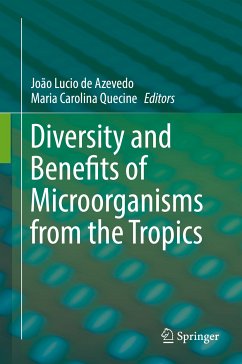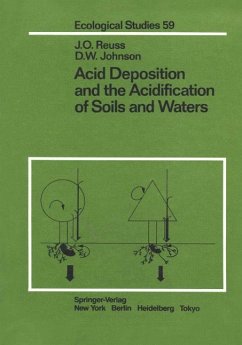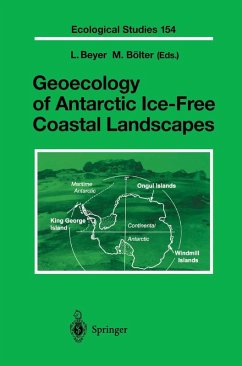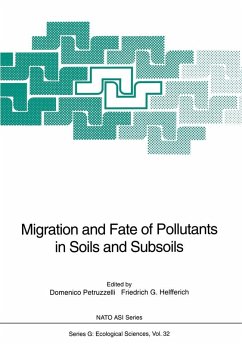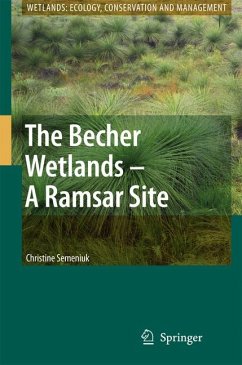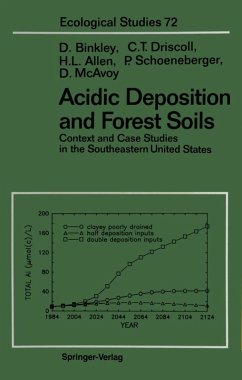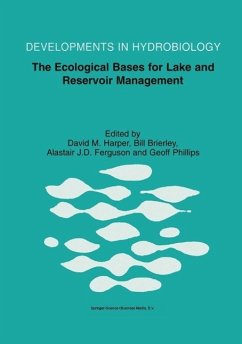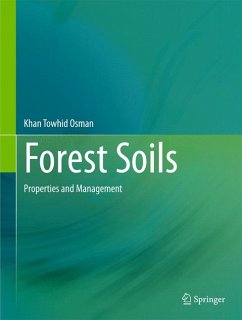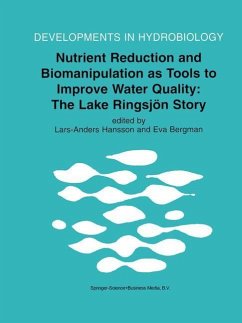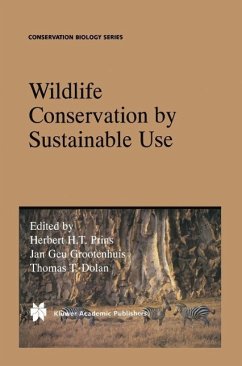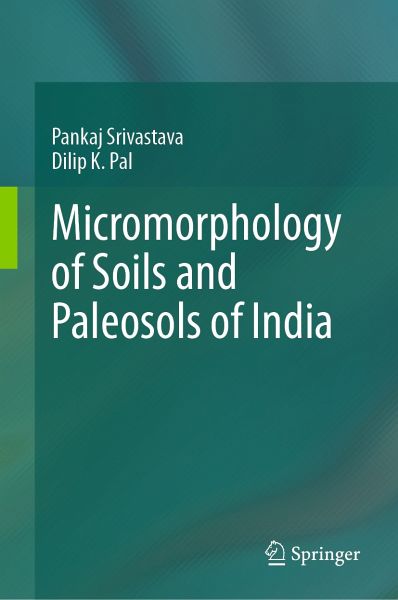
Micromorphology of Soils and Paleosols of India (eBook, PDF)
Versandkostenfrei!
Sofort per Download lieferbar
104,95 €
inkl. MwSt.
Weitere Ausgaben:

PAYBACK Punkte
52 °P sammeln!
This monograph covers uniqueness of micromorphology in resolving many important but enigmatic pedological issues such as clay illuviation, formation of pedogenic and non-pedogenic CaCO3, modification of plasmic fabric, contemporary and relict pedogenic processes, polygenesis of soils in Alfisols, Mollisols, Ultisols, Vertisols and Inceptisols of the tropical Indian environments. Chapters in this title also include identification of paleosols, diagenetic overprinting of the pedofeatures in lithified paleosols, and alluvial cyclicity of the fluvial successions. The techniques mentioned in this t...
This monograph covers uniqueness of micromorphology in resolving many important but enigmatic pedological issues such as clay illuviation, formation of pedogenic and non-pedogenic CaCO3, modification of plasmic fabric, contemporary and relict pedogenic processes, polygenesis of soils in Alfisols, Mollisols, Ultisols, Vertisols and Inceptisols of the tropical Indian environments. Chapters in this title also include identification of paleosols, diagenetic overprinting of the pedofeatures in lithified paleosols, and alluvial cyclicity of the fluvial successions. The techniques mentioned in this title are of tremendous value in pedological and geological research for precise and unambiguous definitions of soil taxa to build the national soil information and refine the stratigraphy of the terrestrial sediments.
The information is for the benefit the students and researchers of pedology and geomorphology who often come across extreme difficulties in relating to examples applying the principles of soil formation from textbooks devoted almost exclusively to soils of the temperate climates. The format of this publication is arranged for a process-oriented text and figures on micromorphology of the tropical soils and paleosols as a reference for pedologists, earth scientists, M.Sc. and Ph.D. students, and also for land resource managers who are engaged in enhancing the productivity of such tropical soils in India and elsewhere.
The information is for the benefit the students and researchers of pedology and geomorphology who often come across extreme difficulties in relating to examples applying the principles of soil formation from textbooks devoted almost exclusively to soils of the temperate climates. The format of this publication is arranged for a process-oriented text and figures on micromorphology of the tropical soils and paleosols as a reference for pedologists, earth scientists, M.Sc. and Ph.D. students, and also for land resource managers who are engaged in enhancing the productivity of such tropical soils in India and elsewhere.
Dieser Download kann aus rechtlichen Gründen nur mit Rechnungsadresse in A, B, BG, CY, CZ, D, DK, EW, E, FIN, F, GR, HR, H, IRL, I, LT, L, LR, M, NL, PL, P, R, S, SLO, SK ausgeliefert werden.



